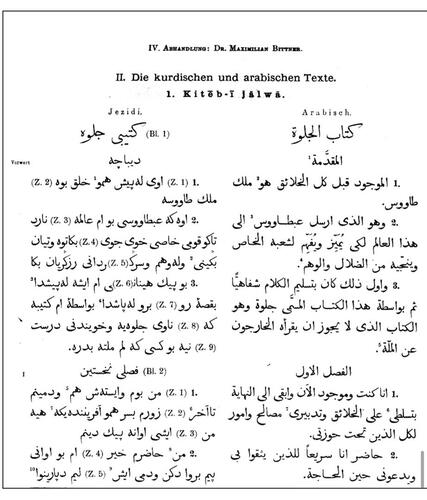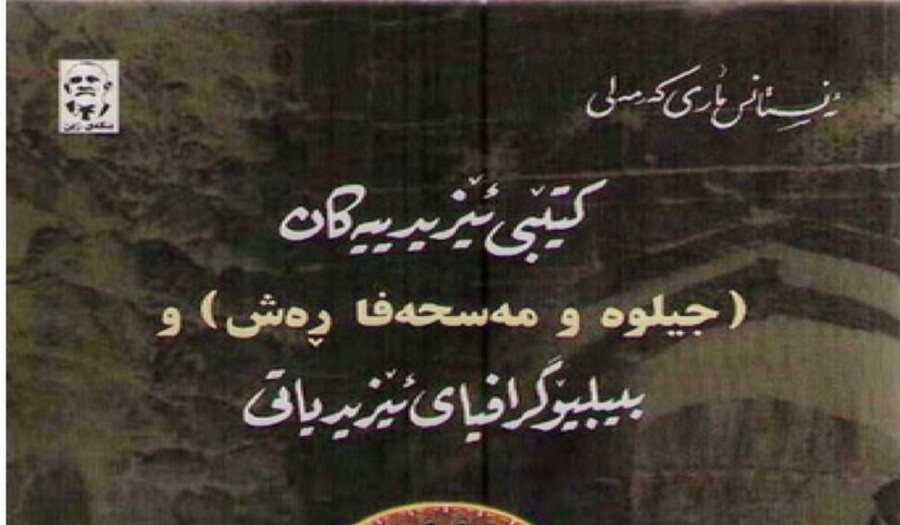Kurdshop - All the nations of the world have always had a mythical view of the formation of the world. Myth as a word means a statement that has no basis and has been interpreted as nonsense. In Persian and Kurdish literature, it has been used to mean legend and story. Sometimes it is described as nonsense. Another meaning they have interpreted is good examples of things, but all these stories differ from mythological ones.
So far, there have been two different views of myth. Because we want to talk about the Black Scroll and its mythological view in it, we need to know both points and accordingly see which view we can use to understand the mythical view of the Black Scroll, or what can we learn from the Kurdish holy book according to each view?
An approach to mythology prevailed from the beginning of the history of writing until the nineteenth century, according to which the meaning of the word mythology is emphasized and introduced as nonsense. In this regard, “myth is a kind of imaginary view and artificial thought that has no real and external value and can only be described as the power of ordinary imagination. A force that the imagination of a people and nation had at one time and according to that force of imagination, it has created stories for phenomena and events. These stories have nothing to do with the real world, human life, or even creatures, and they are created only for fun."
This thought has been both among common people and scholars. Both have come to consider what does not fit their ability and power of interpretation or what was outside their world and does not reach the real world as myths and useless words, and they did not consider these, good things.
After the nineteenth century, however, views toward myth changed, and the view that myth was mere imagination and had nothing to do with the outside world and reality was marginalized. Myth is then interpreted as a real, valuable, and meaningful experience. Of course, this did not mean that the myths were all true, or exactly consistent with the facts, but that they originated in fact and have roots in the facts of society and people's thoughts and therefore influence their destiny and lives.
Therefore, among most definitions of myth, the emphasis is on the definition that “myth is the narrative or symbolic manifestation of things through language, the narrative about gods, angels, supernatural creatures and the world in general, which is intended to explain. Myth is a true and sacred experience that took place in an eternal time and tells us in a symbolic, imaginary, and vague way how things came into being or how they disappear.”
Now we can research the Black Scroll from both perspectives. But before that, let us see the mythical roots in the Black Scroll.

Initially, the Mashafa Rash (The Black Scroll) states that the "universe" (presence and everything in the universe) goes back to an unknown time. God created a white jewel and a dove named Anfar at that unknown time. The dove sat on the jewel for forty thousand years. In other words, it is said that God put the jewel on the back of the dove and it remained there for forty thousand years.
That beginning of creation is imaginatively close to the beginnings of creation described in Greek and Roman mythology but totally different from them. It refers to the world's existence and the absence of human beings on Earth.
Then there is the matter of time when God creates time. He first creates the days. It starts on Sunday. Each of the days is one of the angels of God. For instance, Sunday is the Peacock Angel. Monday is Dardail. Tuesday is Israfil, Wednesday is Michael, Thursday is Gabriel, and Friday is Turail. Among them, he makes the Peacock Angel the leader of them.
That creation is again consistent with mythical views, many of which believe in creation in seven days or seven levels. We can also say that seven is a symbolic number in mythology. It is a well-known number among numbers and has a special meaning in mythology, which plays the same role here.
Then, God created the heavens, the earth, the sun, and the moon.

Thus ،the gradual creation of things from planets and orbiting planets to creatures, the sea, and the four elements of the world, water, air, fire, and earth, are all described. Talking about each one of these phenomena does not fit in this article.
In short, the discussion of the article emphasizes how human is created. The beginning of human creation has a unique way in every myth. Let us see how the story begins and ends in the Kurdish holy book:
God says to the angels, "I will create Adam and Eve and make them human. From Adam's secret, Ibn Jar was born; from him, a nation on earth was born, and then the nation of Israel, the peacock angel, a Yazidi, was born.
Here is a special thought. After God created Adam and Eve, a hundred years later, the peacock angel went to God and asked him how Adam's descendants would increase. God says, Then I will give it into your hands. That is, the responsibility of the descendants of Adam was entrusted by God to the peacock angel, and he carried out his plan for this purpose.
This is the plan of the angel who went to Adam and said, "Have you eaten wheat?" He says no because God didn’t let us. He said, eat. It is better for you. After eating, the stomach was blown. The peacock angel expelled him from Paradise. He left him and ascended into heaven. His stomach hurts because it has no hole and a pigeon comes and makes a hole with its beak.

After that incident, Gabriel disappeared from Adam for a hundred years, and Adam became lonely and sad. So, God sent Gabriel and created Eve from Adam's left rib.
According to the first thought, it can be said that all the stories told in such a creation story are really fictional and are not the truth. However, according to the second thought, we can say that as all nations with ancient history, literature, and knowledge have a deep and historical perspective, the Kurds have had their own perspective too. This is the beginning of creation from the Kurdish human point of view. In this story, whose symbols are still seen in Lalish and among the Yazidis, there is a dialogue and relationship between man, nature, and creatures. There is no sin, and what exists after creation is the idea of expanding the human race. The woman is present and is not the beginning of the original sin. All these and many other issues explain the fact that this is a beautiful and interesting foundation for the mythological thought and sensibility of the Kurdish people.








